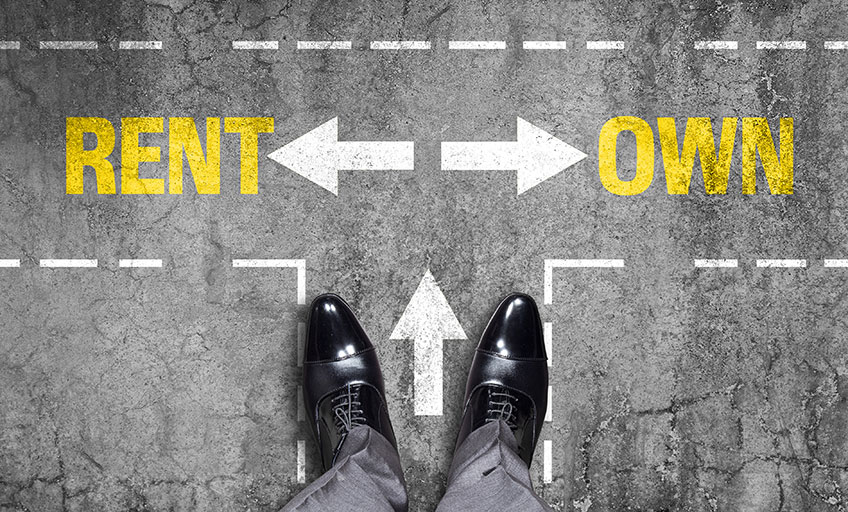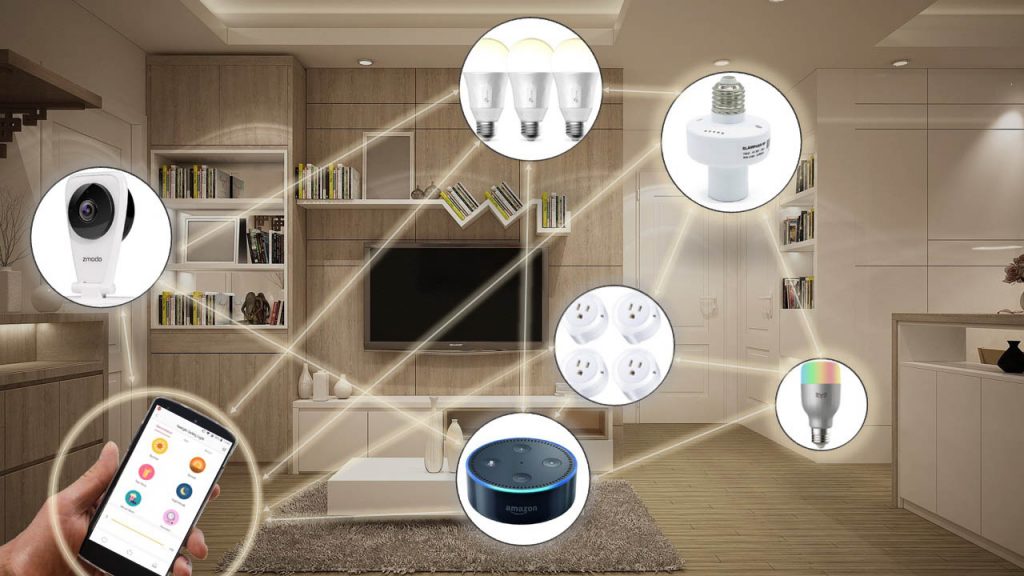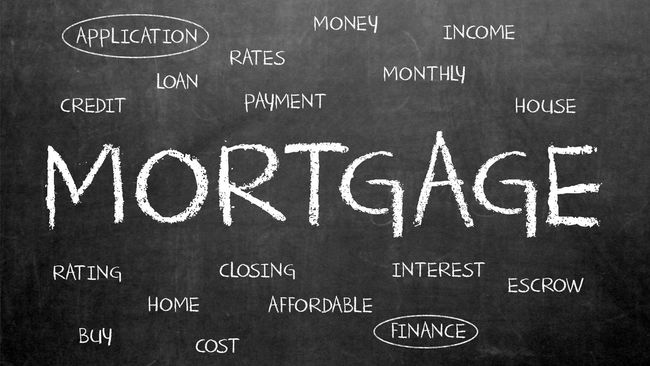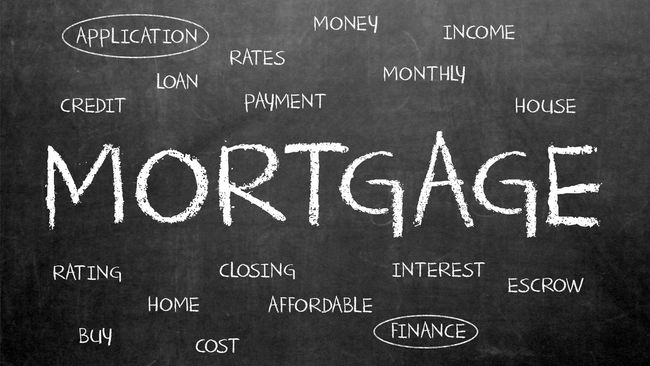Increasing Your Homes Market Value
Marketing your home is like dealing with any other product people buy or sell… you need to appeal to the buyer to get the sale.
The goal of staging a home is quite simple… to sell the property for the most amount of money in the least amount of time.
Suppose you can make your property appeal to the most significant number of prospective buyers. In that case, you increase your chances of getting higher offers in a shorter period or even multiple offers.
The first step in staging your home is to de-clutter and depersonalize every room. I tell people to use the 50% rule when de-cluttering their homes. Go through every room in your house and try to reduce the amount of clutter, including furniture, by up to 50%. Think about it… you’re selling your home, so you have to move… why not get a head start on packing.
De-cluttering will make your rooms appear more prominent and allow the buyer to visualize their personal belongings in place of yours. This brings us to the second part of this first step, depersonalizing. When you de-clutter, you are, in a sense depersonalizing at the same time… but you need to take this a step further and put away anything too personal. This would include family photos, religious items, or anything that might distract a buyer. The idea again is to allow the potential buyer to visualize their things instead of yours.
The second step in staging your home now that you have created more space by de-cluttering and depersonalizing is to enhance the attractiveness of each room of your home. You can accomplish this easily with simple techniques such as opening your blinds or curtains to allow as much light as possible. This makes your rooms appear larger. Also, if there is a section of a poorly lit space, consider using a floor lamp that you can turn on when your property is being shown so that the entire room is lit up nicely and brightly.
Now take a good look at the walls of each room… paint is one of the cheapest improvements you can make to a home to increase its value, and it wouldn’t hurt to put on a fresh coat if needed. If re-painting, consider neutral colors, as this will appeal to the most significant number of potential buyers.
Lastly, you probably have your furniture just the way you like it. However, if there is a more practical way to position your furniture, it wouldn’t hurt to re-arrange it. This is especially important if you have a table in the middle of a room, such as a couch in the living room. It would be more practical to position a sofa along a wall to free up the space in the middle of the room.
Consider fabric covers or pillows to make the table more appealing if you have outdated furniture. Or move some of your more dated furniture into a storage locker and contact a home staging company that will bring in more modern furniture while your home is on the market.
These few tips will help you increase the value of your home and should help speed up the sale of your property.
Happy staging!










